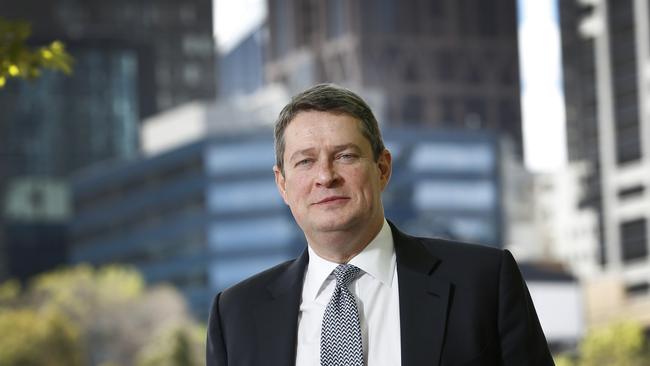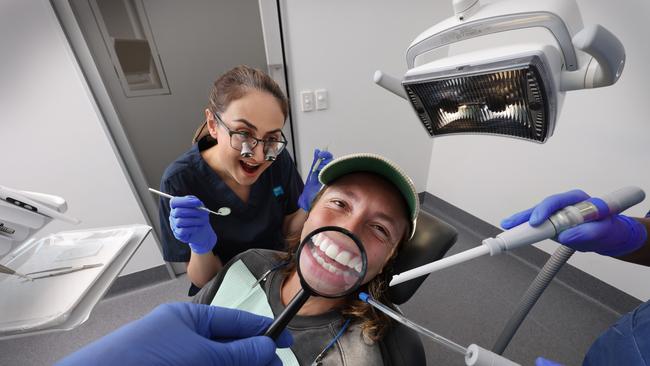Australia’s stingiest private health funds and those that give the most back in rebates
Private health insurance data has revealed Australia’s stingiest funds and those that give back the most cash to members. See the list and try our calculator to get a better deal.
Health
Don't miss out on the headlines from Health. Followed categories will be added to My News.
Exclusive: The most miserly Australian health funds are are hoarding up to 30 per cent of their premium revenue instead of handing it back to their members in benefit payments, it can be revealed.
Australian Unity Health Limited paid the lowest of any fund in the country — just seven in every $10 dollars of premium revenue it received — the latest private health insurance data shows.
Other small funds including Cessnock District Health Benefits Fund Limited, National Health Benefits Australia Pty Limited, Health Care Insurance Limited and Reserve Bank Health Society Limited returned just 75 per cent or less of the premium revenue they raised.

Of the big four health funds for profit, nib was the stingiest returning only 79 per cent of premium revenue to customers. This is below the national average of 83 per cent.
Bupa paid back 81 per cent and Medibank 83 per cent.
Mutual fund HCF delivered the highest amount of all funds — 88 per cent — as did HBF.
HCF CEO Sheena Jack said over the past decade the fund’s health insurance products “have consistently returned more in benefits than the industry average for every dollar our members paid in premiums”.
It comes as News Corp released its latest health fund calculator which allows readers to quickly identify the cheapest health fund policies in their state.
TRY OUR HEALTH PREMIUM CALCULATOR

Smaller funds have to spend a larger portion of premium revenue on administration costs than larger funds, which may partly explain their poor performance on this measure.
Australian Unity Health Insurance CEO Rebecca Windsor said the 30 per cent margin recorded for her fund was distorted due to a timing difference between the release of funds kept in reserve to cover any pandemic claims catchup and the timing of the savings being returned to members including the recent deferral of the 2023 premium increase to 1 April 2024
Other analysis shows the small funds do offer more generous rebates than bigger funds for many procedures.
Detailed analysis by the Australian Medical Association (AMA), published in its Private Health Insurance Report card, shows in October 2022 some health funds were paying up to $550 less than other funds for the same procedure.
Mutual health funds including Australian Unity, Teacher’s Health, Navy Health and others pay doctors $2689.50 for a knee replacement while nib pays just $2140.05 ($549.45 less).
HBF pays doctors $2190.05 for an uncomplicated delivery of a baby but nib pays just $1639.70 ($550.35 less).
Health fund Bupa pays doctors $1019.40 for the removal of a breast tumour but nib pays only $928.95 ($90.45 less)
The AMA has called for all insurers to return a set minimum – say 90 per cent – of premiums back to patients.

Health fund Bupa will today announce that from November it will help eliminate out of pocket expenses by offering its members gap free dental cover on 15 common procedures.
Services covered include fillings, check-ups, X-rays and mouthguard fittings across its national network of 148 dental practices.
Bupa Health Insurance managing director Chris Carroll said the initiative would save members money with a general dental filling costing on average $220 in 2022, according to the Australian Dental Association.
“We’re always looking at ways to help our members get more value from their private health insurance and we expect this will be a welcome offer, especially given the ongoing cost of living climate,” Mr Carroll said.
More Coverage
Originally published as Australia’s stingiest private health funds and those that give the most back in rebates





